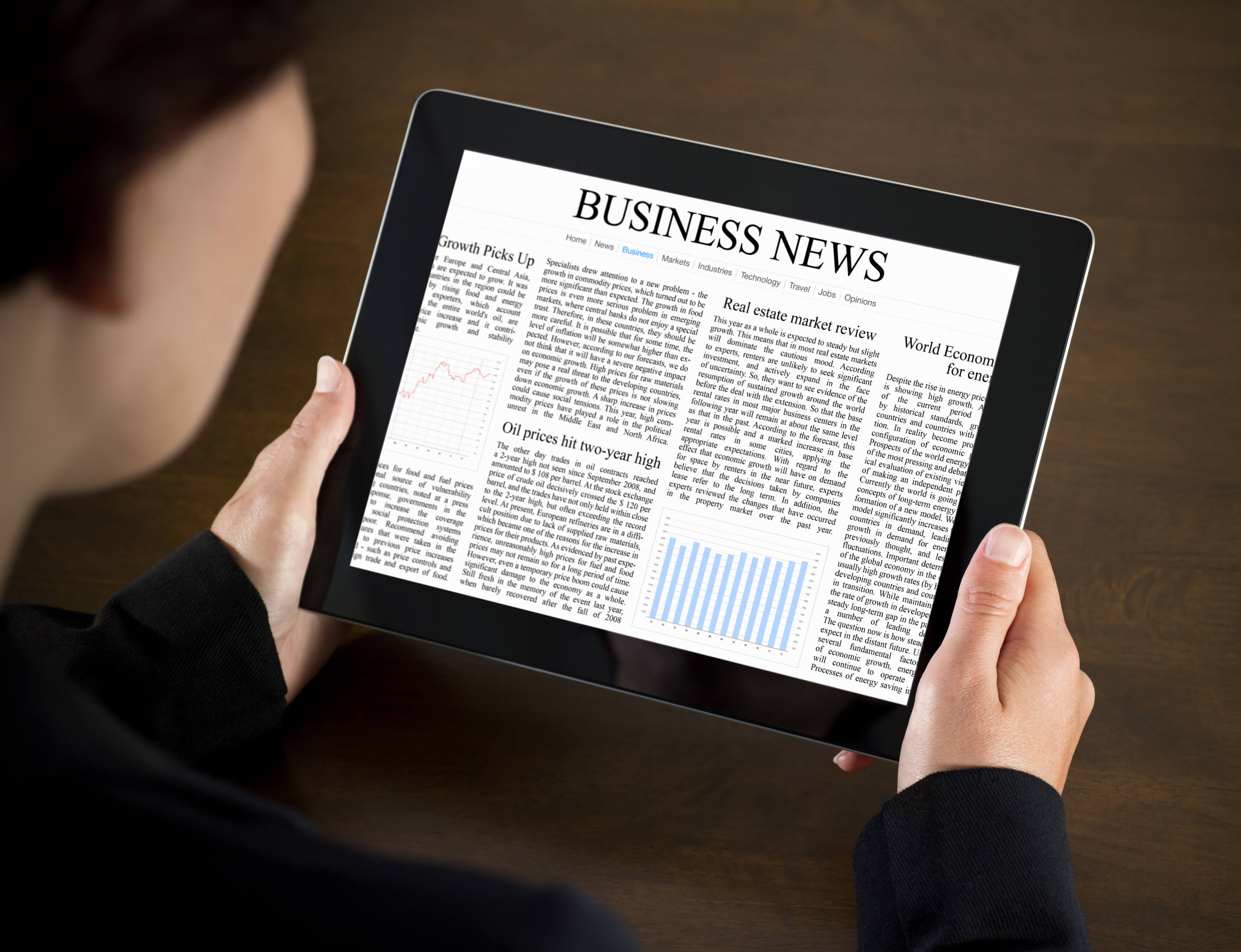Tim Green, Editor of Mobile Money Revolution explains how we are in an age where we’ve turned our phones into cameras, MP3 players and alarm clocks. Will we ever turn them into wallets? A huge number of companies who are moving to over the air mobile payments are betting we will.
Do you use your phone to pay for things on the high street? If the answer is yes, you probably run a over the air mobile payments startup. If no, you’re in the massive majority. The fact is, for most ‘civilians’ the mobile wallet just hasn’t happened yet.
Will it? Well, the 721 mobile payments firms listed on AngelList think so. And here’s why. In 2012, Americans spent $3.98 trillion on the main street. Within that, mobile contributed just $398 million. If the phone could grab just a small percentage of main street spending, it would represent huge returns for a successful mobile disruptor.
Of course, we’re already happy to use our phones to buy stuff – in the online world. Nearly half of e-commerce spending now comes from phone and tablets. It’s why yStats says m-shopping hit $138 billion last year.
So mobile e-commerce is already lucrative. But it can be improved – as a large number of firms are trying to do. Most are focused on speeding up the checkout experience. At present, abandoned payments run as high as 97 per cent on mobile.
One fix is to adapt card payment forms for mobile screens. That means making checkouts that display only the fields necessary and autofill where possible. Firms like Braintree, Judo, ZooZ and Stripe all do this – using APIs that can be added in a few minutes. What’s more, these services remember users so that, after the first payment, there’s a one-click option for returning shoppers.
Other companies want to bypass the card payment form completely. Many use QR codes. Here, users download an app and assigns card details and delivery address to it. Then, when they see the app icon and barcode on a desktop site checkout, they just scan and pay.
It’s fast, and also bypasses the perceived risk of entering card details into an unfamiliar site. Startups competing in this space include Paddle, Ensygnia and SEKUR.me.
Another way to improve payment conversion is to use the phone camera to capture card details and fill out the form automatically. Firms like Fiserv and Jumio are trying to establish the process having used the tech to help Americans pay in checks.
Of course, banks also recognize the shortcomings of card payment on the small screen. They would like us to use discusses managing seven high profile our banking apps to pay for things (rather than just check balances). They are getting help from startups like Zapp and Trustly. Zapp, an offshoot of the UK payments body Vocalink, triggers mobile payments via the banking app. So when a user clicks the Zapp logo on a mobile site, the action opens his or her banking app and one click completes the payment. Zapp launches this autumn.
All the above firms are focused on improving online mobile shopping. But, to go back to the start of this article, what of main street proximity’ payments?
At present, there is one outstanding success: the Starbucks wallet app,which generates 5m transactions a week in US branches. However, most believe Starbucks is an exception – consumers won’t want a discrete app for every shop they visit. So the race is on to be the payment app that supports the long tail of retailers.
Among those with momentum is Seamless’s SEQR app, which been adopted by 4,600 merchants across continental Europe. Then there’s UK-based Powa, which raised $96m and says over 200 brands have committed to its scan and buy offering.
Another venture worth watching is Merchant Customer Exchange. MCX is run by US retailers like Walmart, Target and Sears who decided to create their own collective payment app rather than rely on third parties. It should launch in 2015.
All of the above ventures use QR codes, but they could migrate to other over the air mobile payments such as NFC. Mobile NFC has lots of support – as of January 2014, Visa had 62 live or scheduled mobile contactless launches across Europe. But critics are not convinced. They point to low rates of merchant acceptance and poor consumer awareness. Then there’s the iOS issue. iPhones don’t support NFC, and probably never will.
Instead, Apple is backing the new version of BlueTooth– BLE Beacons. BLE has been branded ‘indoor GPS’ and raises the possibility of retailers sending promotional messages and taking payments from mobile users any- where in store. Apple already uses Beacons in its US shops, while providers like Shopkick are helping Safeway and Macys to run trials too.
The big advantage of Beacons is that it frees users from the need to scan or tap. After all, in an age of cloud-based services, why should payments be tethered? This is the view of UK startup Droplet. Its wallet app is GPS-enabled so when the users is in a retail location, it brings that store’s checkout to the screen. The user enters the amount and pays instantly.
PayPal also wants to reduce consumer interaction to virtually nothing. Its ‘pay with your face’ idea lets shoppers orders ahead from their app. When the shopper arrives in store, the cashier compares their on-screen pic with their actual face to approve the payment.
Really, the latter solution is more about authentication than payment. But then, if money is moving to the cloud, all transactions become a question of identity. This may be the basis of a move by Apple into mobile payments. It seems unlikely that Apple would start processing payments itself, but it may well give mobile wallet makers access to its fingerprint tech or iTunes passwords.
Ultimately, all these innovators have to solve one genuine problem: how to make mobile payment faster and more fun than cash or cards? That’s the big one.
Suppliers also have take account of battery life, and address concerns about security and surveillance. They have to create beautiful interfaces. Oh, and persuade merchants to buy in.
The hurdles are colossal. But so is the prize.
Find out more: http://www.hottopics.ht/stories/finance/the-future-of-over-the-air-mobile-payments-with-apps-nfc-and-qr-codes/





